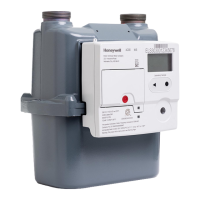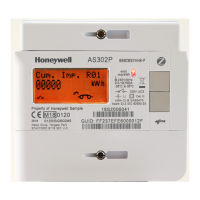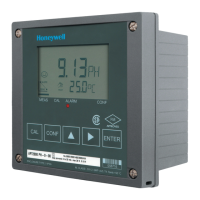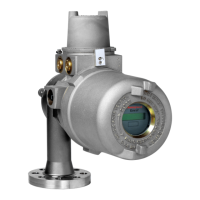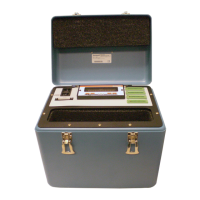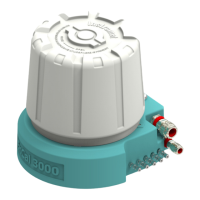51
5.4.
Sample tubing and filters
5.4.1. Tubing material
Tubing connects the ACM 150 monitor to the monitored sample points. The requirements
for tubing are:
3/8-inch O.D. by 1/4-inch I.D.
FEP Teflon, 500-foot rolls
Alternate Material
Polypropylene, such as Parker PP-64 (500-foot
roll) or equal quality. Polypropylene is acceptable
for most gases that are not reactive (not suitable
NOTE
If metal tubing is required by fire
code, use 316 SS tubing or run
Teflon or polypropylene in metal
conduit. Before using SS tubing,
consult with Honeywell about the
•
• all other metals
• tubing with a smaller OD than 3/8 inch
• thin wall tubing that can kink when bent
CAUTION
Tygon, polyethylene, copper, and aluminum absorb or react with many gases. Use
only the materials listed above; make no substitutions.
5.4.2. Tubing run lengths
The ACM 150 monitor should be located near the areas it samples to minimize tube
lengths and response time. When composite sampling mode is used, the maximum
distance for tubing is 750 feet (230 meters) or 500 feet (150 meters). If possible, prevent
leaks in sample tubes by making continuous runs with no fittings or unions. Discard short
lengths left over instead of joining them to make longer runs.
5.4.3. ACM 150 tube connection points
Each sample tube is connected to an inlet on top of the ACM 150 monitor using 3/8-inch
Swagelok tube fittings. The inlet fittings are numbered from 1 to 40, as shown in Figure
26.

